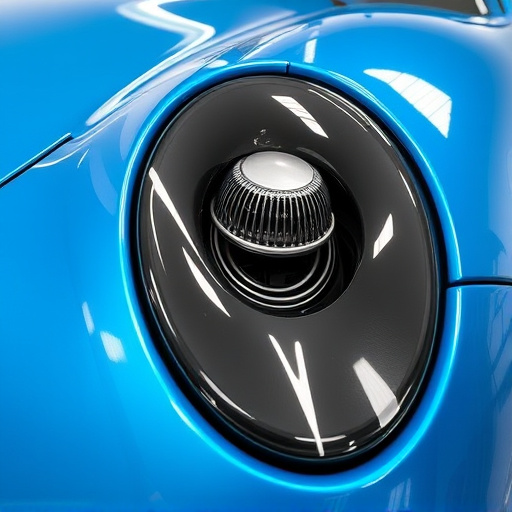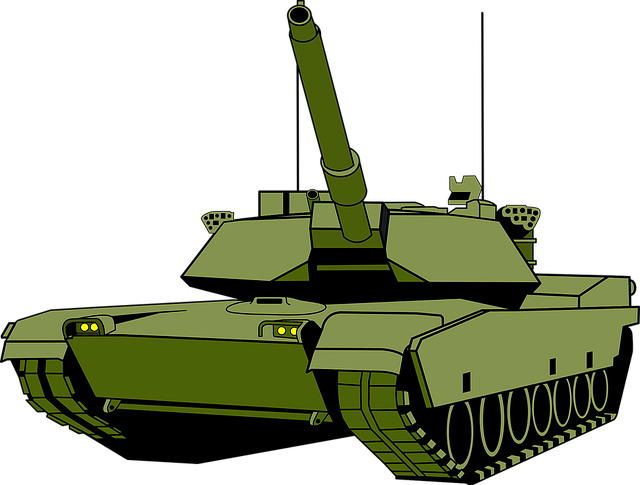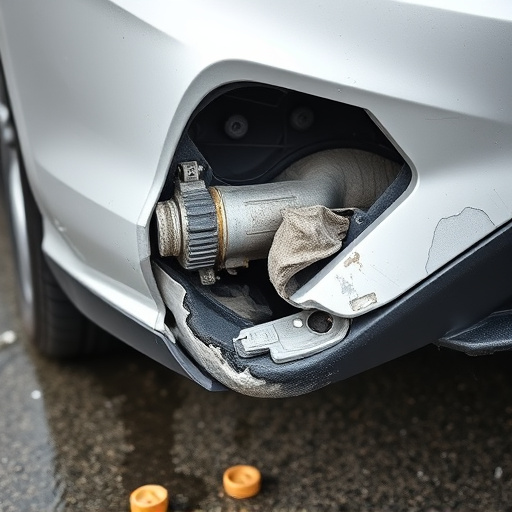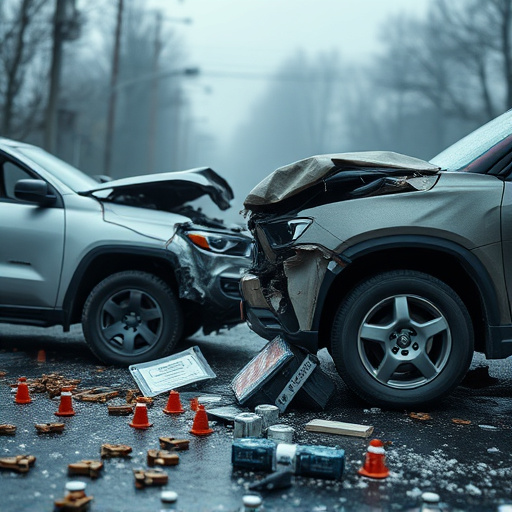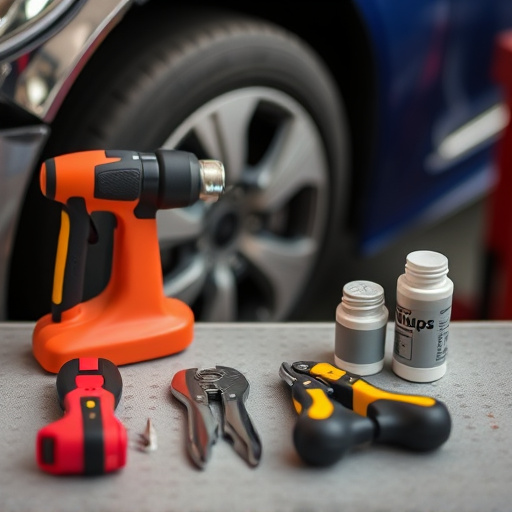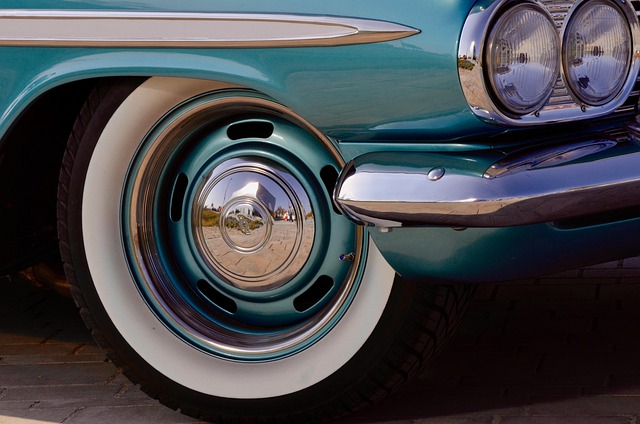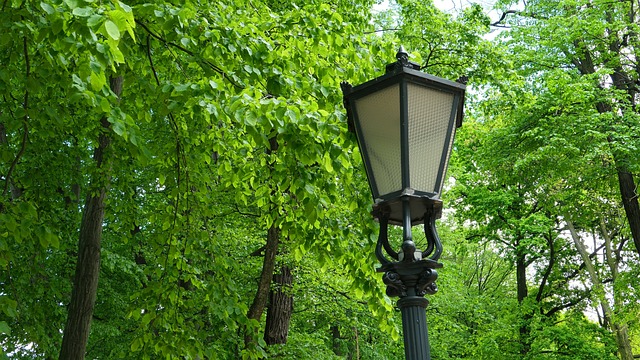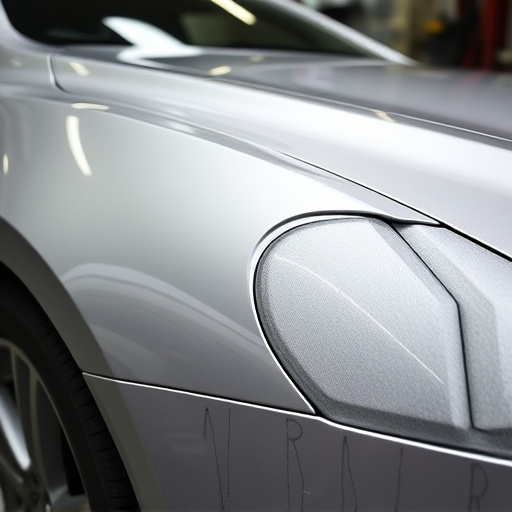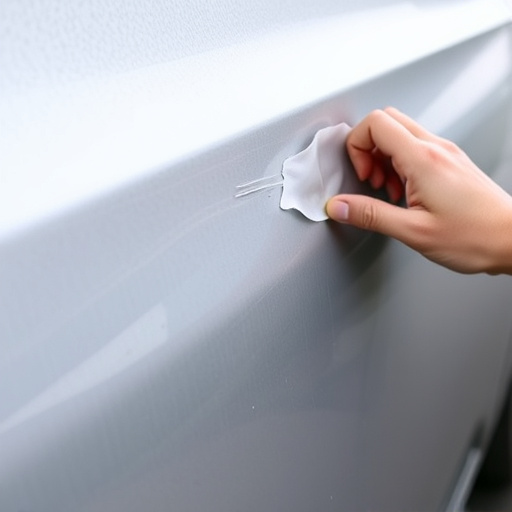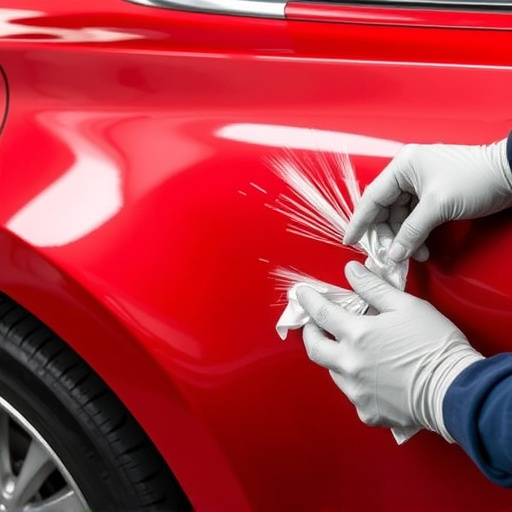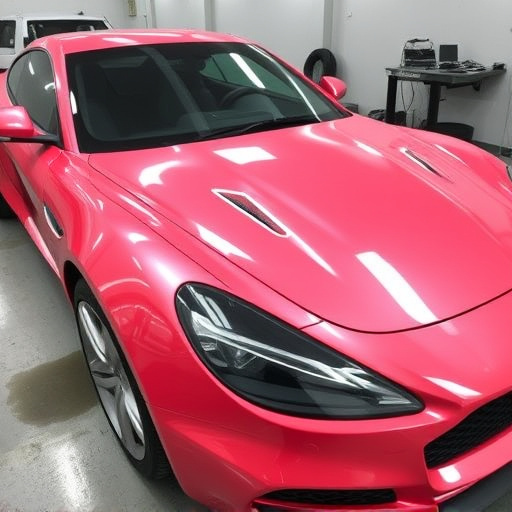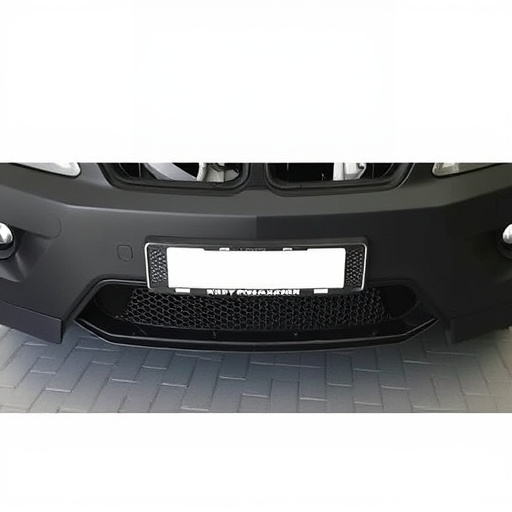Climate conditions, including humidity, temperature extremes, and seasonal changes, significantly impact corrosion protection for automotive structures. Effective procedures involve protective coatings resistant to moisture and fluctuations, crucial for durability after accidents. Alloy selection is vital, with specific chemical compositions forming protective layers, enhancing resistance in auto body repair and collision scenarios, ensuring long-term environmental durability.
In the realm of corrosion prevention, understanding environmental factors is paramount. This article explores how climate conditions—humidity, temperature fluctuations, and exposure to corrosive elements like water and air—impact corrosion protection needs. Additionally, it delves into the role of chemical interactions and highlights material properties, focusing on alloy selection for enhanced durability. By examining these aspects, we provide essential insights into effective corrosion protection procedures tailored to various environments.
- Climate Conditions: Humidity, Temperature, and Corrosion
- Exposure to Elements: Air, Water, and Chemical Interactions
- Material Properties: Alloy Selection for Enhanced Protection
Climate Conditions: Humidity, Temperature, and Corrosion
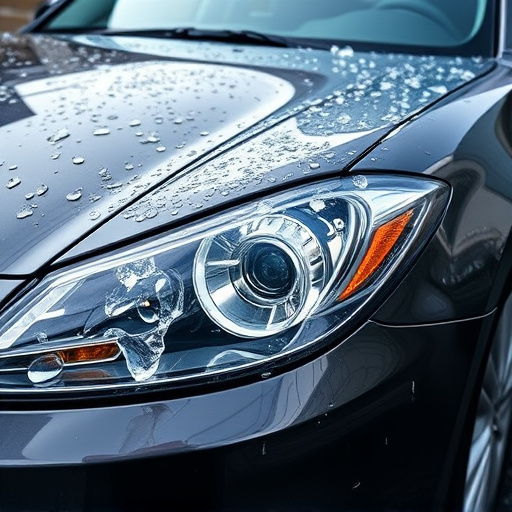
Climate conditions play a significant role in dictating corrosion protection needs for various materials, including those used in automotive structures. Humidity levels are a key factor; high humidity environments accelerate corrosion processes by providing an ideal environment for moisture absorption and metal oxidation. This is particularly relevant for regions with consistent high rainfall or coastal areas, where vehicles parked outdoors are more susceptible to rust formation.
Temperature variations also exert considerable influence on corrosion rates. Extreme heat can speed up the deterioration of metals, while freezing temperatures create unique challenges during winter months. Ice buildup and subsequent thawing cycles can cause damage to metal surfaces, especially in regions with cold climates. Therefore, effective corrosion protection procedures must consider these climate-related factors, such as using protective coatings or treatments that offer enhanced resistance against moisture and temperature fluctuations, ensuring longer lasting results for automotive repair services even after a fender bender or collision.
Exposure to Elements: Air, Water, and Chemical Interactions

The environmental factors that a vehicle encounters play a pivotal role in dictating its corrosion protection needs. One of the most significant aspects is exposure to elements—specifically, air, water, and chemical interactions. These factors can accelerate corrosion, leading to deterioration of various components, including the vehicle body, auto glass, and automotive collision repair parts.
Air, rich in oxygen and moisture, facilitates rust formation on metal surfaces, especially when coupled with temperature fluctuations. Water, whether from rain or condensation, acts as an agent that facilitates chemical reactions, enhancing corrosion. Chemical substances, such as pollutants and acid rain, further exacerbate the issue by introducing corrosive elements into the equation. These interactions necessitate the implementation of robust corrosion protection procedures, particularly in vehicle body repair and auto glass repair scenarios, to ensure longevity and structural integrity.
Material Properties: Alloy Selection for Enhanced Protection
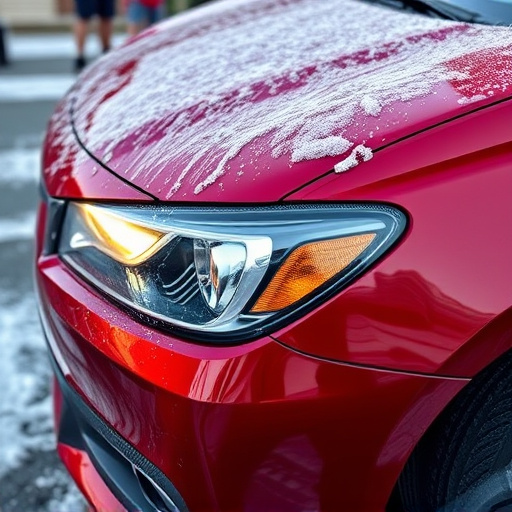
The choice of alloy plays a pivotal role in determining corrosion protection procedures for any given application. Different materials possess unique properties that offer varying levels of resistance against corrosive elements, such as moisture, chemicals, and atmospheric conditions. For instance, certain alloys are inherently more resistant to rust due to their chemical composition, which includes elements like chromium or zinc. These metals form protective layers on their surfaces, acting as a barrier against corrosion. This is especially crucial in industries where vehicles undergo automotive restoration or collision repair services, ensuring that the restored parts not only look good but also withstand environmental challenges over time.
When selecting alloys for specific applications, engineers and technicians should consider not just the base material but also its treatment. Alloy selection strategies may include choosing materials with higher tensile strengths, improved ductility, or specialized coatings designed to enhance corrosion protection. These considerations are vital in sectors where auto maintenance is a recurring theme, as they directly impact the longevity and performance of vehicles post-repair or restoration.
Understanding the intricate interplay between environmental factors and material properties is paramount in developing effective corrosion protection procedures. By considering climate conditions, exposure to elements, and material characteristics like alloy selection, professionals can anticipate and mitigate corrosion risks. These insights empower industries to make informed decisions, ensuring the longevity of structures and infrastructure in diverse environments. Adopting tailored corrosion protection strategies not only preserves assets but also contributes to a more sustainable future by minimizing the need for frequent replacements.
